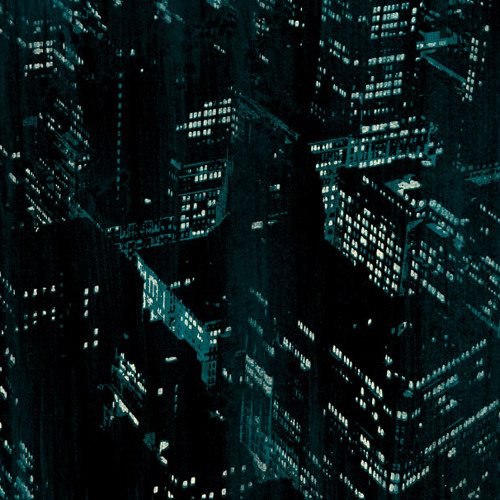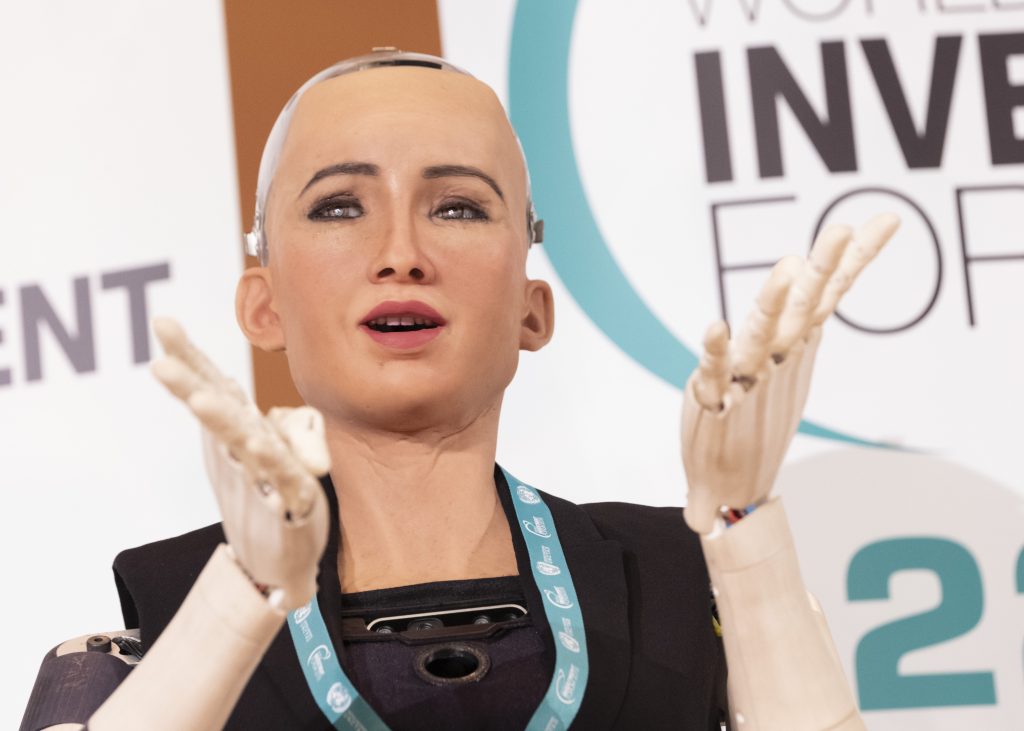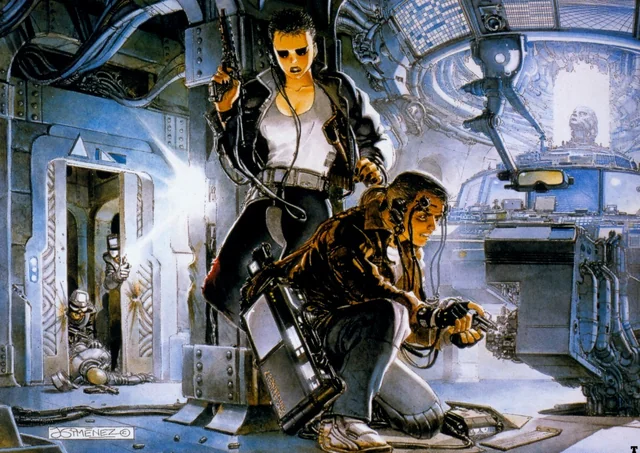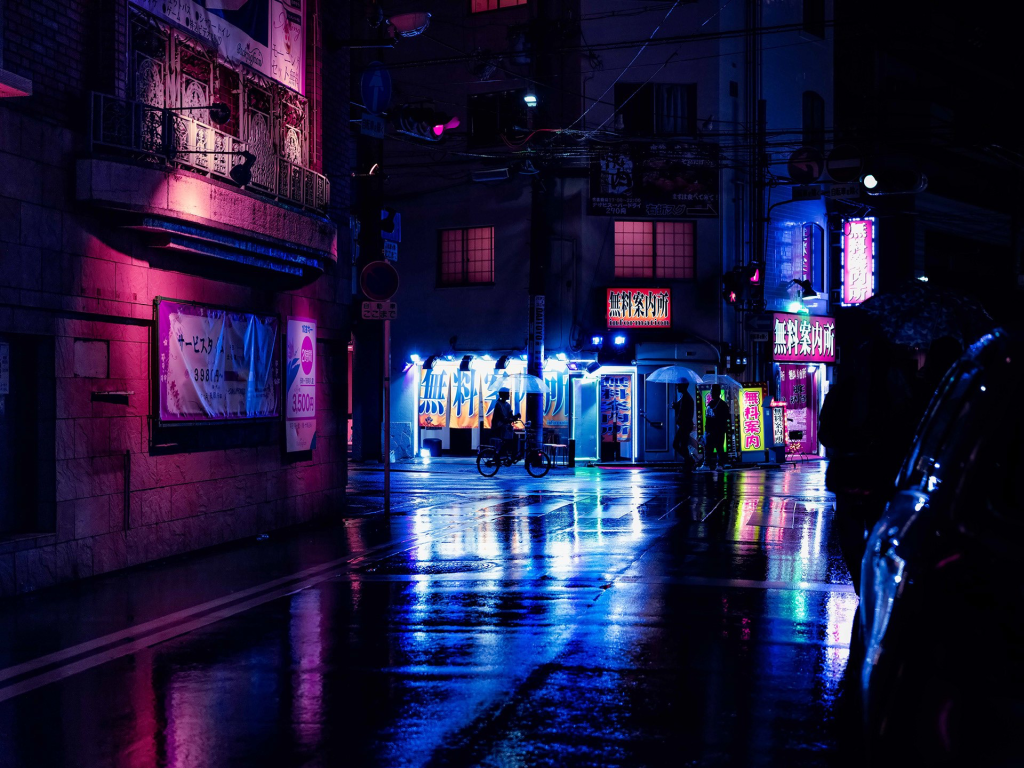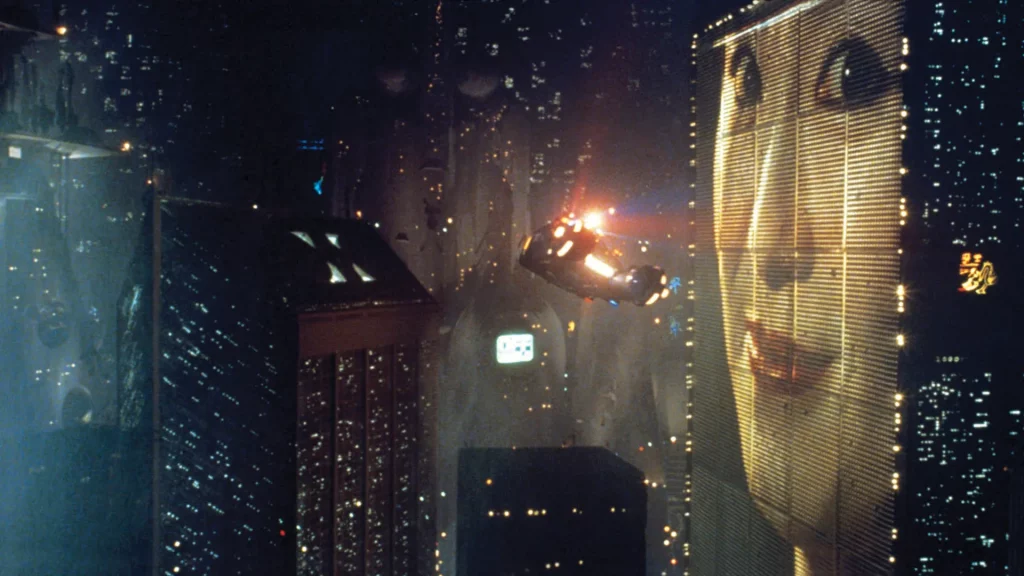
Within The Decay of the Postmodern World
Within the first few minutes of BladeRunner 1982 We are met with an interesting and phenomenal sight. A dreary nighttime atmosphere a towering skyscraper building and many surrounding it, the air is filled with steam, the light pollution so dense that the stars in the sky are no longer visible. The way the buildings are laid out is congested and constrained, cramped and suffocating and we see a flying car passing an image of a woman projected onto the side of a building. Then a few minutes later we are met with its underbelly, a man walking through an overly crowded street steam billowing from the shops crammed together on the ground level. The space is minimal and yet people are able to get where they need to go. At night a few hours later, we see how empty and decrepit the cities underbelly is, Empty, dirty, unkempt and unwanted.
The city presented to us brings out the aesthetically dystopian majesty of Cyberpunk well. many Visually when we are above the cities ground level and on other colonies, we see how advanced technology is in Bladerunner, but the amazing contrast is that no matter the time of day you can clearly tell how suffocating the city and atmosphere is how much the world itself may be in slow decay due to the rise of technology and a sole focus on corporate interest. As an artist I absolutely adore the colors used here and without the movie. To focus specifically on the image that precedes this text while the shot is at night the light that we see while “bright” is actually quite dim, grey, and muddy. We usually use “ugly” and muddy colors in conjunction with brighter and “pretty” colors to bring out the beauty of the world, when both ugly and pretty colors work in tandem, they bring out the beauty in each other and make things pop with vivacity and life through their working together. but here in Bladerunner the colors while visually stunning and work together are purposefully muted, they are invoking a sense of dread and decay that compound with the clustered nature of the buildings which are seeming placed tightly compacted with each other due to lack of space and ecological restrictions. Bladerunner city is full of visual scenery like this due to dystopian theme and the neon aesthetic that comes along with it, the innate hubris that comes along with unfiltered technological advancement with no moral or ethical leash.
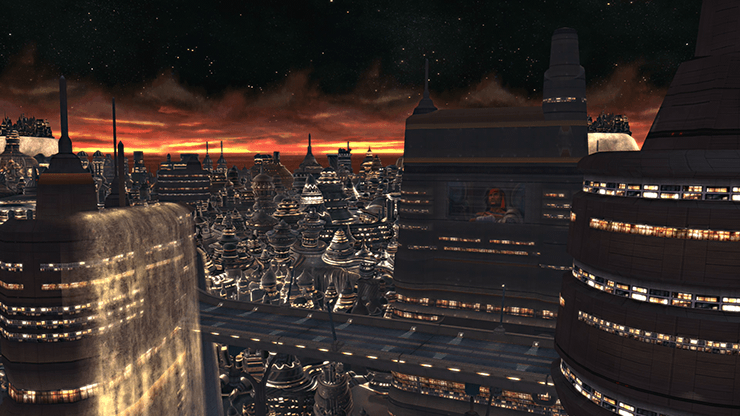
Cybernetic underground amidst a Regional Travesty
Chiba City is the first city we are introduced too, its alias is adequately called “Night Town” by the locals and any visitors. Chiba City is a hub for both legal and illegal cybernetic augmentations within Neuromancer, it is favored by the sprawl’s techno criminal’s, case included. Case is there in hopes to cure his neurological damage but back to the point, Chiba City is described as a “complex” or a group of similar buildings or facilities within the same area or site, the darker areas are even visible from the sea which is littered with white styrofoam, and waste.
The interesting thing about Chiba city is the nickname “Night City”, since it houses illegal augmentations as well it has become a go to place for the sprawls criminal underground and what better time of day to commit crime then in the cover of Night. The many Complexes are everywhere which add onto the dystopian aspect technology cramped in a sea of similarity where all of their problems can be solved or exacerbated by corporations. the contrast to such a high-tech area is the port near it which is Tokyo Bay and how filthy it has become; nothing screams environmental decay that waste farther than the eye can see.
